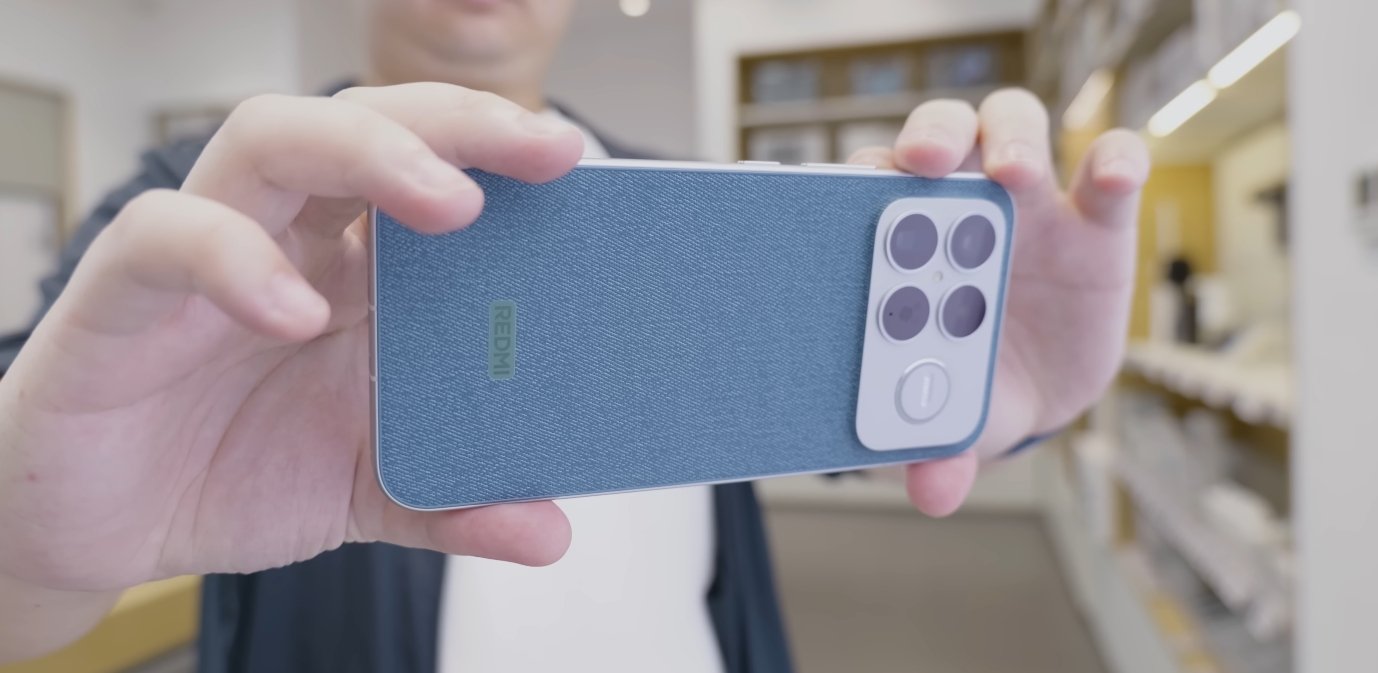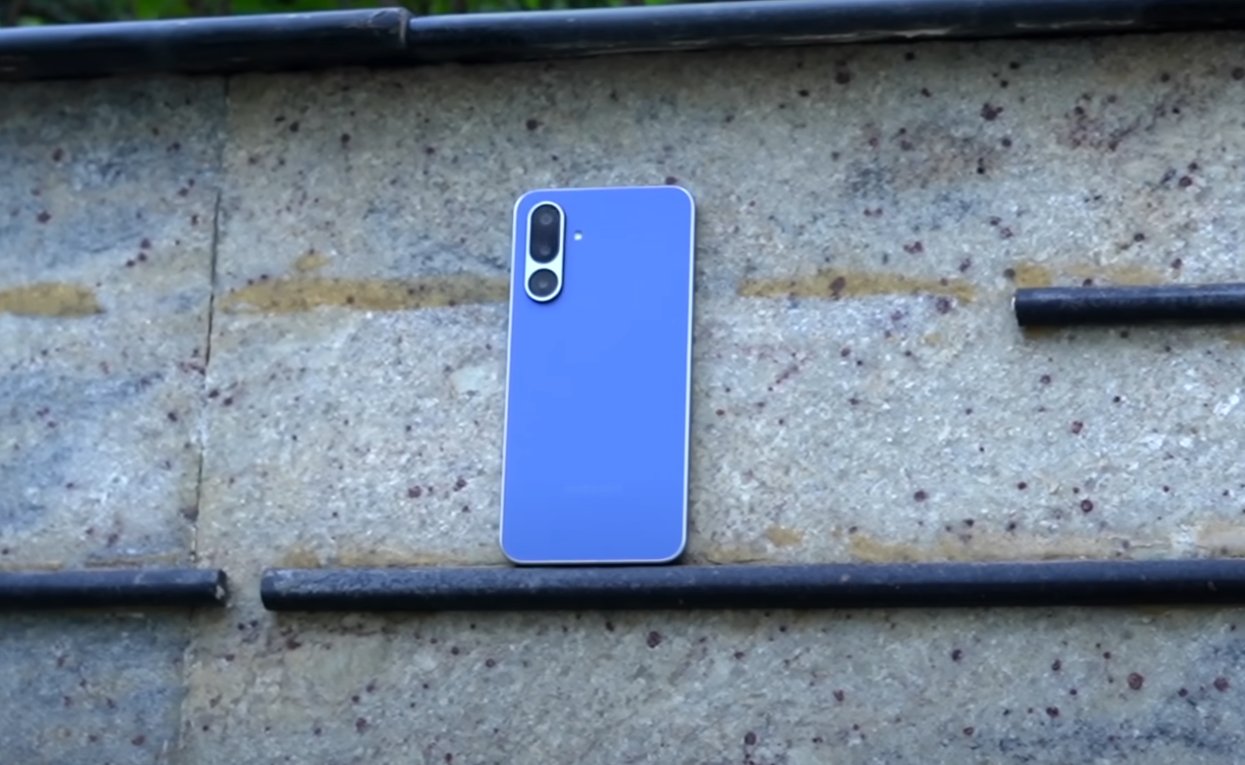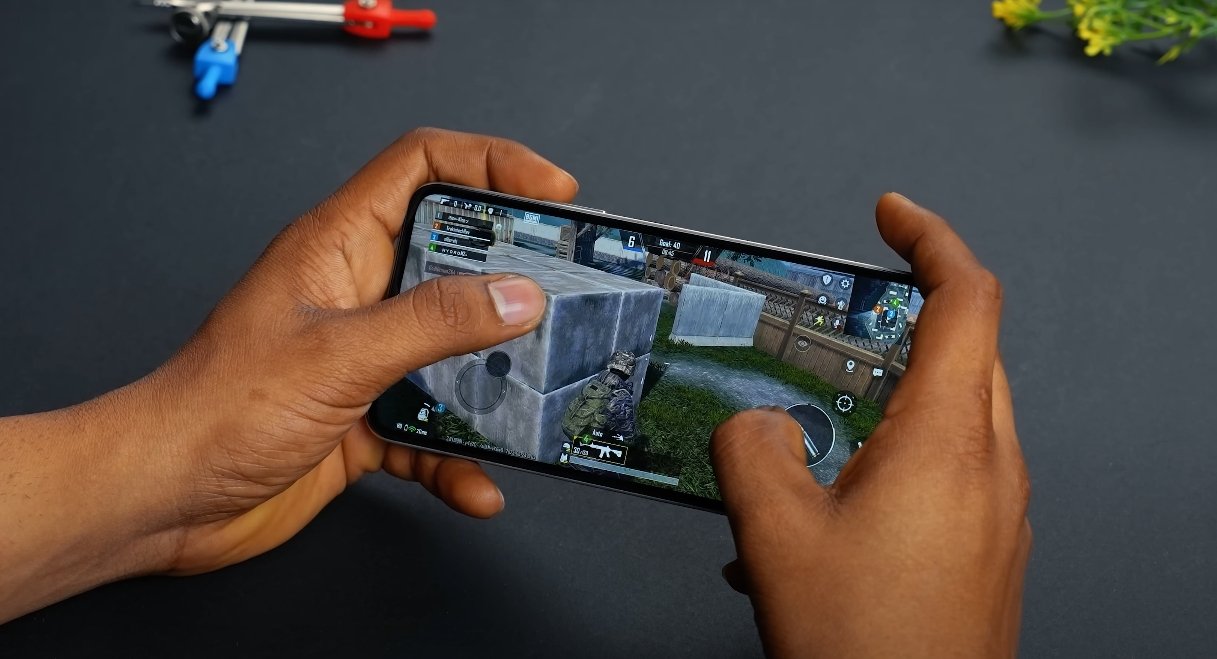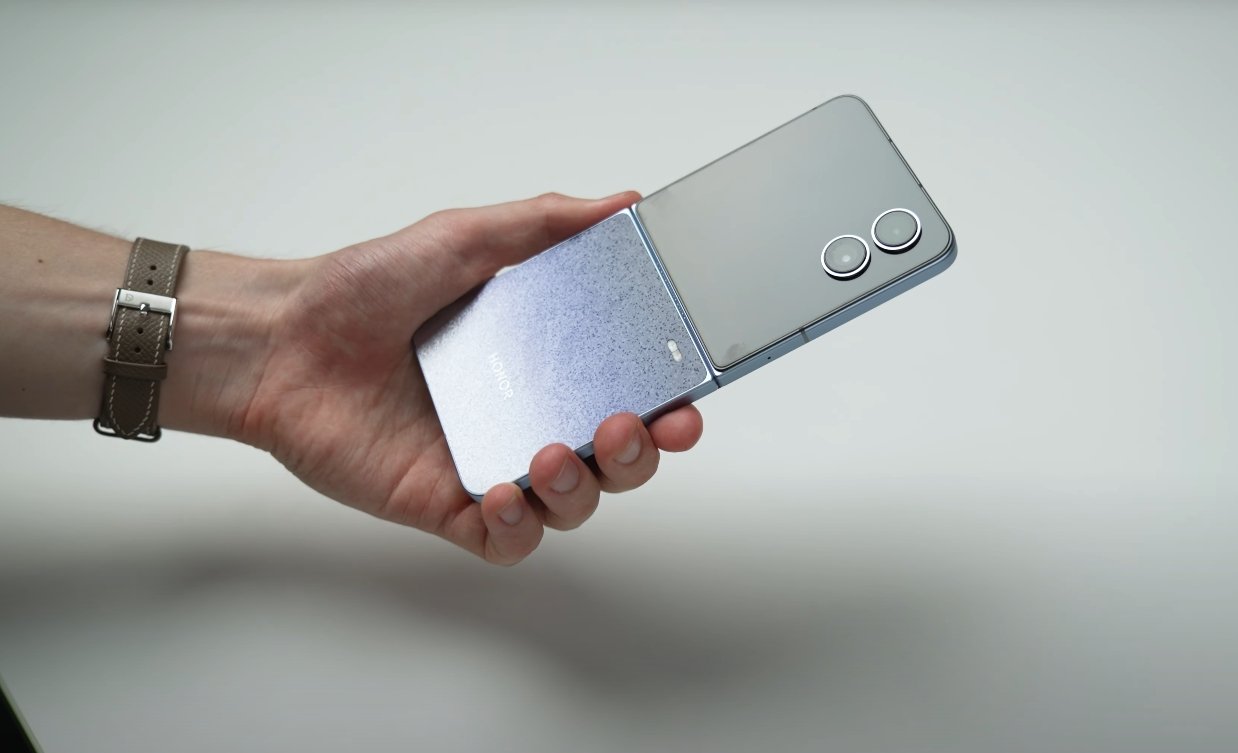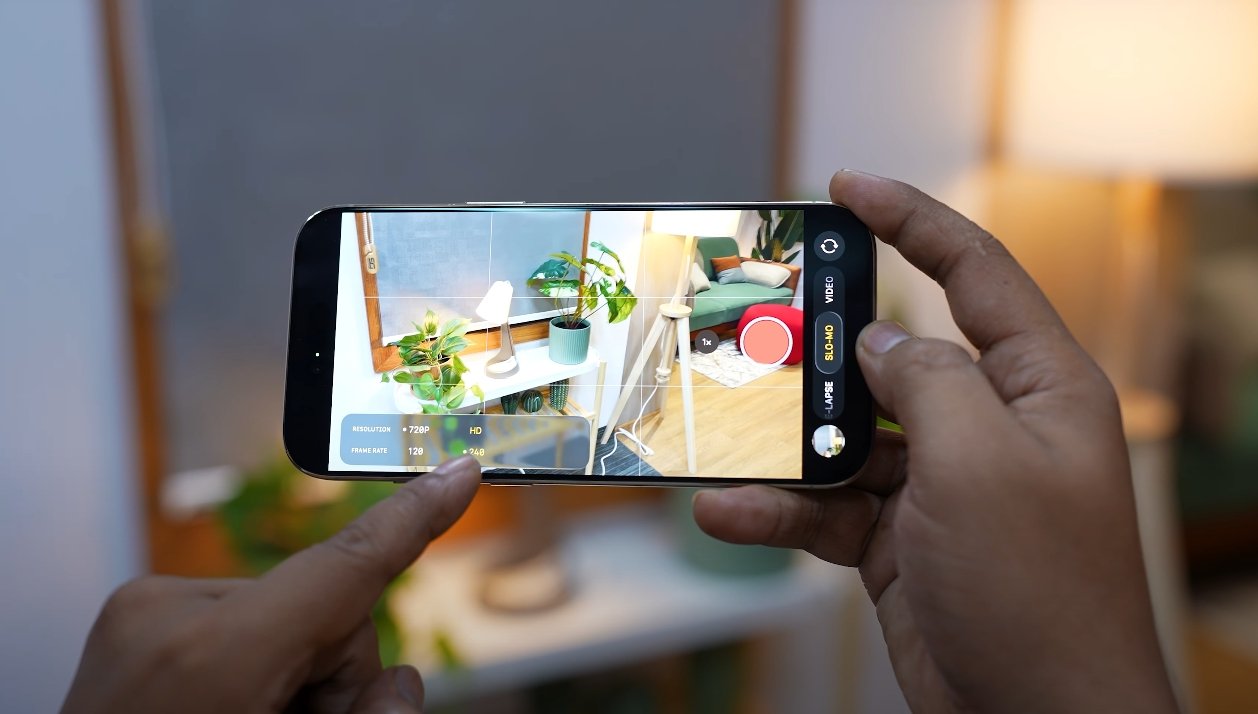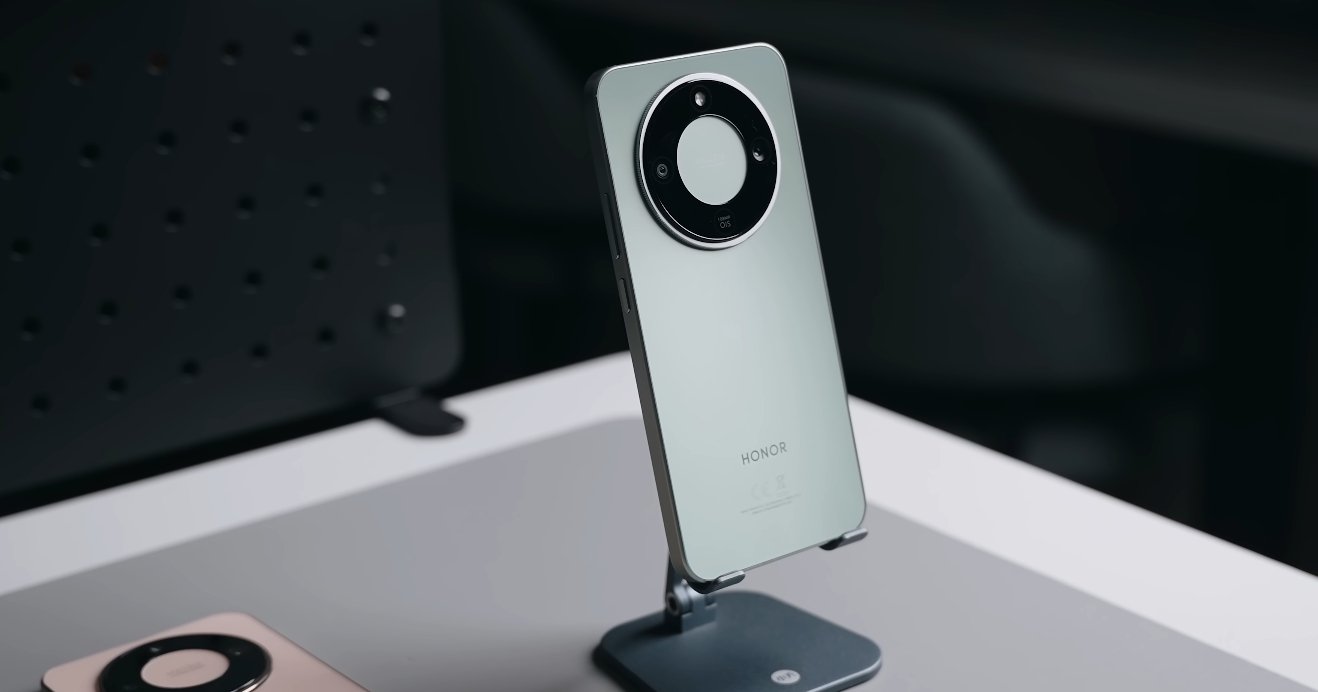What New Zealand Buyers Should Know Before Importing the Redmi K90 Pro Max
The Redmi K90 Pro Max has quickly become one of the most talked-about flagship smartphones of the year, combining powerful performance with a massive battery and premium features at a competitive price. While Xiaomi has not officially released this model in New Zealand, many local tech enthusiasts are considering importing it directly from overseas. However, before placing an order, buyers in New Zealand should be aware of the total cost, including import charges, shipping fees, and Goods and Services Tax (GST). Understanding these factors helps avoid unexpected expenses and delays once the device arrives at customs.
For most buyers, the Redmi K90 Pro Max will be purchased from online marketplaces or international e-commerce platforms that ship to New Zealand. The base price of the phone varies depending on storage configuration and the seller’s country of origin. On average, the 12GB RAM and 512GB storage version costs around NZD 1,200 to NZD 1,300 before shipping. When shipping charges, insurance, and currency conversion fees are added, the total declared value typically rises to about NZD 1,350. This declared amount becomes the basis for calculating import tax and GST when the product enters the country.
Under New Zealand’s customs rules, imported goods valued below NZD 1,000 generally do not incur additional GST or duty at the border, provided that GST has already been collected by the overseas retailer. However, for higher-value shipments—especially flagship smartphones like the Redmi K90 Pro Max—the total cost almost always exceeds the NZD 1,000 threshold. Once that happens, the buyer must pay 15 percent GST on the total customs value, which includes the cost of the item, shipping, and any insurance. In this case, a NZD 1,350 shipment would attract about NZD 200 in GST. Customs may also charge minor administrative fees such as the Import Entry Transaction Fee and Biosecurity Levy, which together usually add another NZD 40 to NZD 50.
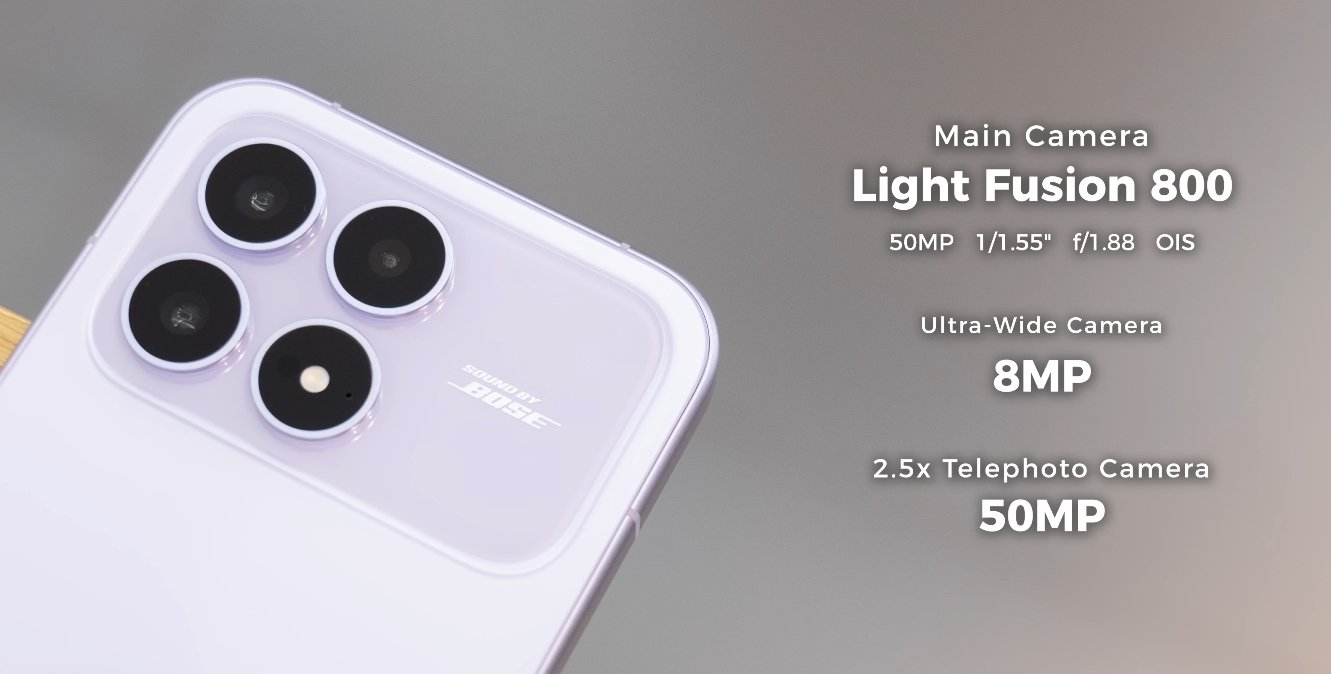
Fortunately, there is no customs duty on smartphones imported into New Zealand. This means the GST and small clearance fees are the only extra charges most buyers will face. Once payment is completed, the shipment is released and delivered through the courier service. Buyers usually receive a notification from DHL, FedEx, or NZ Post to settle the GST online before the parcel clears customs. The process is straightforward, and most deliveries proceed smoothly once all taxes are paid.
Shipping time depends on the chosen courier and the seller’s location. Most Redmi K90 Pro Max units come from China or Hong Kong, and express couriers typically take five to ten business days to deliver to major cities like Auckland, Wellington, or Christchurch. Standard air shipping can take up to three weeks. Buyers should always ensure that the seller uses a reliable service that complies with lithium battery transport regulations, as smartphones with high-capacity batteries require special handling during transit. Using trackable shipping options helps avoid delays or losses, which can be difficult to resolve for imported electronics.
Another consideration for New Zealand buyers is the GST treatment by the seller. Many major online platforms are already registered with New Zealand’s Inland Revenue Department to collect GST at the point of sale for low-value goods. However, if the seller is not registered, the responsibility shifts to the buyer to pay GST at the border. For high-value purchases like the Redmi K90 Pro Max, customs will always assess the shipment and ensure that GST is collected before release. Buyers should retain receipts and invoices showing the item’s full value, as under-declaration can lead to penalties or delays in clearance.
Warranty and after-sales service are also important factors to think about. Imported phones do not usually come with official New Zealand warranty support. In case of hardware issues, users may need to send the device back to the original seller or to an overseas service center, which can be costly and time-consuming. Buyers should check if the retailer provides international warranty coverage or extended protection plans before purchasing. Local third-party repair shops can handle most issues, but official parts may not always be immediately available.
From a financial standpoint, New Zealand buyers should budget approximately 15 to 20 percent more than the listed international price to cover all taxes and shipping expenses. For instance, a Redmi K90 Pro Max priced at NZD 1,250 overseas will likely cost around NZD 1,450 after adding GST and shipping fees. While this raises the total cost, the phone still offers significant value compared to similarly equipped flagships sold locally, many of which are priced much higher.
In conclusion, importing the Redmi K90 Pro Max into New Zealand is a practical option for those who want cutting-edge performance at a reasonable price, as long as the buyer understands the import process. With a clear grasp of GST, customs rules, and shipping logistics, the entire transaction can proceed smoothly. By using reliable couriers, ensuring proper documentation, and budgeting for taxes, New Zealand buyers can enjoy one of Xiaomi’s best smartphones without any unpleasant surprises.
